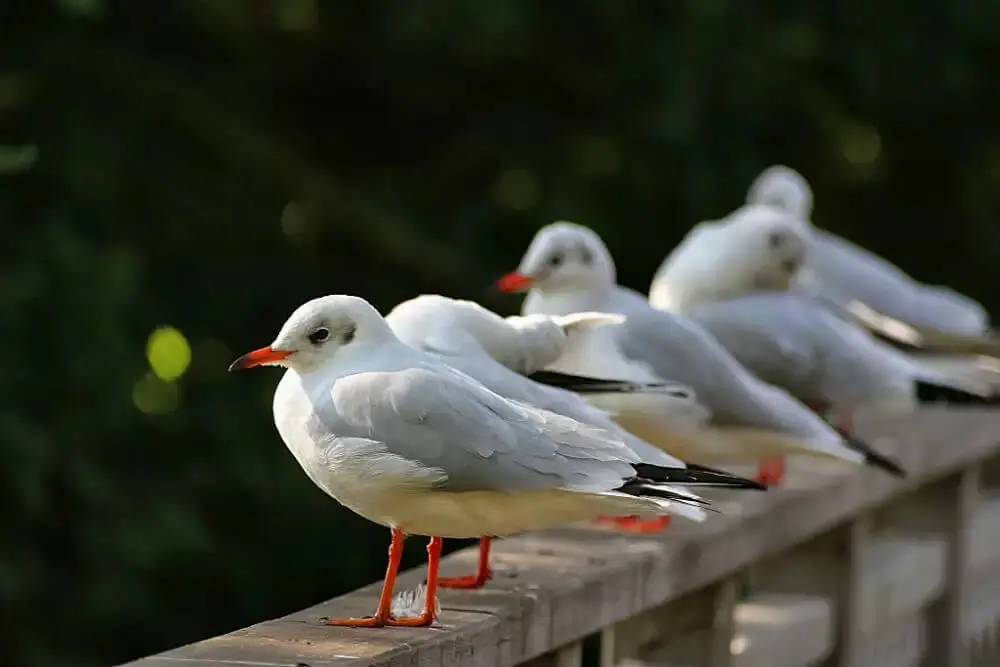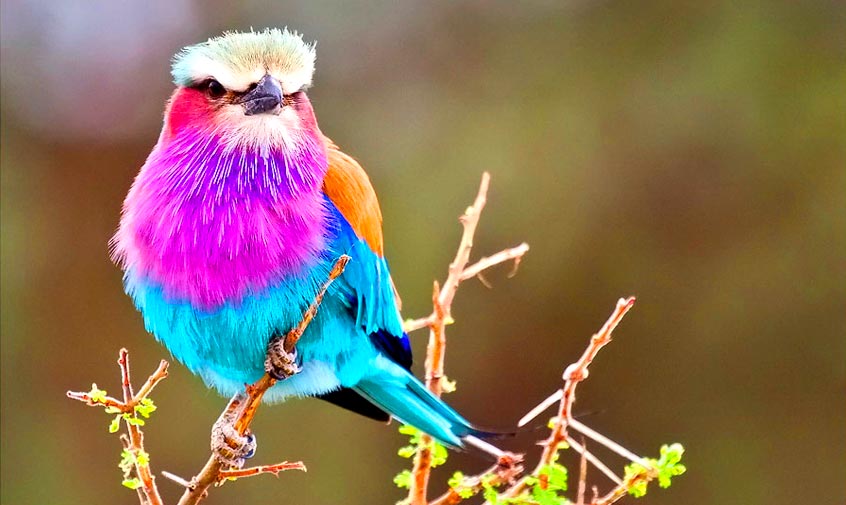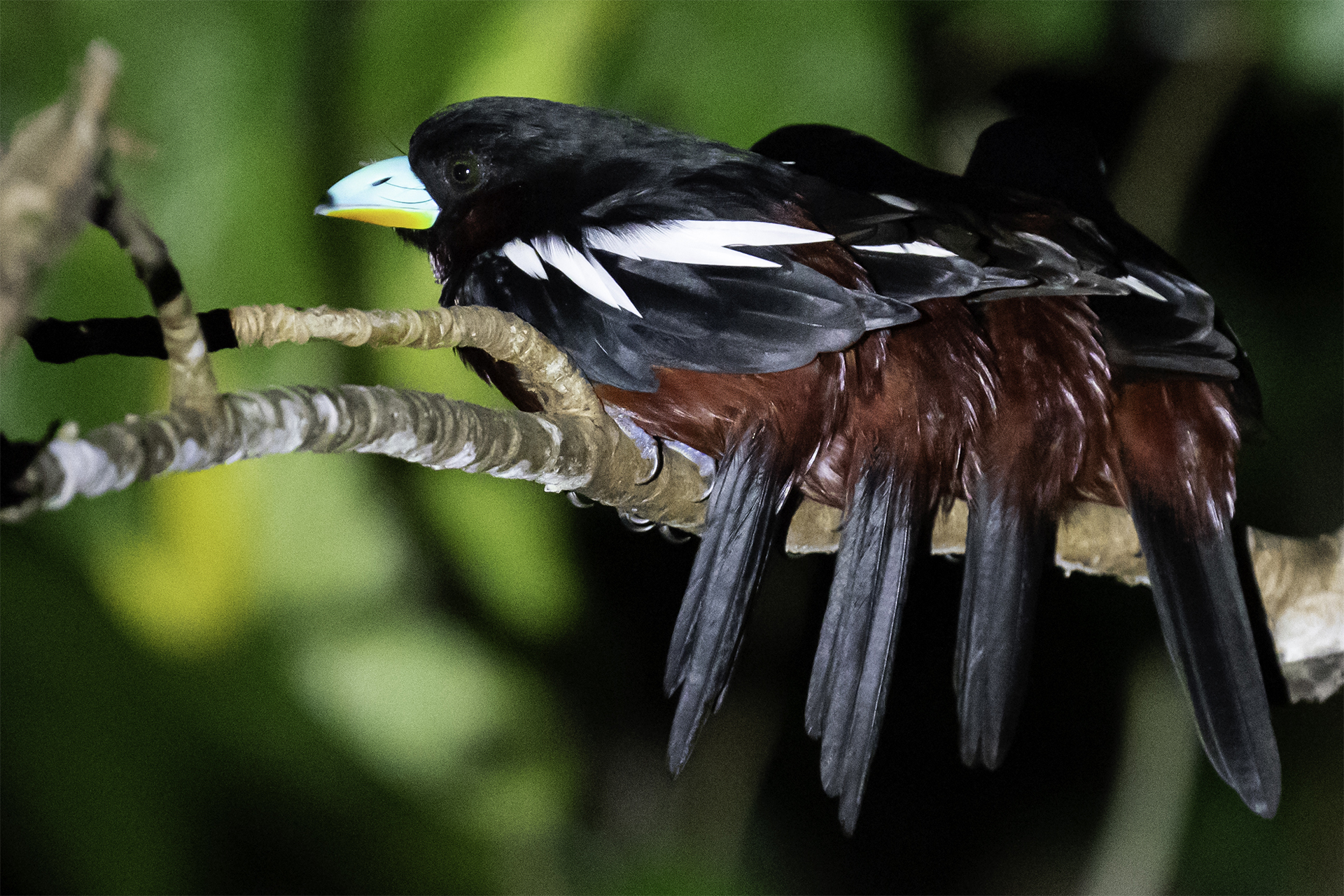Overview of avian species and threats they face
Conservation efforts and initiatives to protect avian species are numerous and varied. One of the most significant is the establishment of protected areas, such as national parks, wildlife refuges, and conservation easements. These areas provide critical habitat for birds to breed, nest, and raise their young without interference from human activity.
Another key initiative is the implementation of laws and regulations to protect birds from hunting, poaching, habitat destruction, pollution, and other threats. The Migratory Bird Treaty Act (MBTA) is one such law that protects over 1,000 bird species in North America by prohibiting their hunting or capture without a permit.
Other conservation efforts include captive breeding programs for endangered species; research into bird behavior, migration patterns, and habitat requirements; public education campaigns to increase awareness about the importance of protecting bird populations; and partnerships with local communities to promote sustainable land use practices that benefit both people and wildlife.
Overall, these initiatives are crucial for ensuring that avian species continue to thrive in their natural habitats despite facing numerous threats from human activities. By working together with governments, non-profit organizations, scientists, communities, and individuals worldwide can help protect these magnificent creatures for generations to come.
Habitat protection: Protecting nesting and feeding areas
One of the most effective ways to protect avian species is by protecting their nesting and feeding areas. This can be achieved through various conservation efforts such as the creation of protected areas, habitat restoration, and conservation education programs. Protected areas are designated spaces that restrict human activities and development to preserve natural habitats for wildlife. These areas can include national parks, wildlife refuges, or other reserves designed for specific species.
Restoration of degraded habitats is another important initiative in protecting avian species. Habitat loss is a major threat to many bird populations as it affects their ability to nest and feed successfully. Restoration efforts involve replanting native vegetation, removing invasive plant species, controlling erosion, and creating suitable water sources.
Conservation education programs also play an important role in avian protection by raising awareness among local communities about the importance of preserving natural habitats. These initiatives encourage people to adopt sustainable practices that reduce negative impacts on bird populations while promoting eco-tourism opportunities that benefit both birds and local economies. By protecting nesting and feeding areas through these initiatives, we can help secure a future for these vulnerable species and ensure their survival for generations to come.
Species-specific initiatives: Tailored conservation plans for individual species
One of the most effective conservation strategies for avian species is creating tailored conservation plans that cater specifically to their unique needs. These initiatives take into account factors such as habitat requirements, breeding patterns, migration routes, and threats from predators or human activity. For example, the Western Snowy Plover conservation plan focuses on protecting nesting sites along beaches in California by limiting human access and educating beachgoers about the importance of avoiding plover habitats.
Another species-specific initiative is captive breeding programs, which aim to increase populations of endangered birds through controlled breeding and reintroduction into the wild. The California Condor Recovery Program is a prime example of this effort, which has successfully increased the population of this endangered bird from just 27 individuals in 1987 to over 500 today.
Overall, these targeted initiatives play a crucial role in conserving avian species and ensuring their survival for future generations. By understanding each species’ specific needs and challenges, we can better protect them and promote healthy ecosystems that benefit all wildlife.
Research and monitoring: Gathering data to inform conservation efforts
Research and monitoring are essential components of conservation efforts aimed at protecting avian species. These activities involve gathering data on various aspects such as population trends, habitat requirements, migration patterns, and threats to the survival of different bird species. Such information is critical in developing effective conservation strategies that address the underlying causes of population declines or habitat destruction.
One way that conservationists gather data is through bird surveys. This involves counting birds at specific locations regularly to determine changes in their populations over time. By analyzing this data, researchers can identify trends and understand how environmental factors affect bird populations. Similarly, tracking devices such as radio transmitters help monitor bird movements during migration and breeding seasons.
Conservationists also use technology such as remote cameras and acoustic sensors to monitor threatened habitats like forests or wetlands without disturbing the wildlife within them. This technology captures images and sounds that help researchers understand the composition of animal communities within a given area. With the data gathered through research and monitoring programs, scientists work closely with governments, NGOs, private companies, local communities to develop informed policies that prevent further loss of biodiversity while promoting sustainable development practices for both humans and wildlife alike.
International agreements: Cooperation on a global scale to protect migratory birds
One of the most effective ways to protect migratory birds is through international agreements and cooperation. The Convention on Migratory Species (CMS) is one such agreement that brings together countries to conserve migratory species and their habitats. CMS has over 130 member countries, including key countries for bird migration such as Canada, the United States, Mexico, and several European nations.
Another important agreement for protecting migratory birds is the African-Eurasian Migratory Waterbird Agreement (AEWA). This agreement focuses specifically on waterbirds that migrate between Africa and Eurasia. AEWA member countries work together to conserve these species by implementing measures such as protected areas, sustainable hunting practices, and habitat restoration projects.
Through these agreements, countries can coordinate their efforts to protect migratory birds across borders and ensure that conservation efforts are consistent and effective. These initiatives not only benefit avian species but also have positive impacts on ecosystems and biodiversity as a whole.
Education and outreach: Raising awareness and engaging local communities
Education and outreach efforts are crucial for the success of conservation initiatives aimed at protecting avian species. Raising awareness about the importance of preserving these species and their habitats can help local communities understand how they can contribute to conservation efforts. Engaging with local communities through workshops, seminars, and other educational programs can also help build a sense of ownership and responsibility towards conservation.
One example of an education and outreach program is birdwatching tours in areas where avian species are prevalent. These tours not only provide an opportunity for people to observe birds in their natural habitat but also educate them about the importance of conserving these birds’ habitats. Community-based bird monitoring programs are another effective way to engage locals in conservation efforts by providing them with opportunities to collect data on bird populations, which can inform management decisions.
Overall, education and outreach initiatives play a critical role in raising awareness among local communities about the significance of avian species conservation. By engaging with locals through various programs, we can foster a sense of responsibility towards protecting these vulnerable species while ensuring that future generations have access to them.
Conclusion: Continued efforts needed to protect avian species
In recent years, there has been a growing concern over the declining population of avian species due to various factors such as habitat loss, climate change, and human activities. To address this issue, several conservation efforts and initiatives have been put in place worldwide. For instance, many countries have established protected areas where birds can thrive without disturbance from human activities. This includes the creation of bird sanctuaries and national parks aimed at preserving habitats for endangered bird species.
Additionally, several organizations are actively involved in promoting awareness about the importance of conserving birds and their habitats. These organizations engage in research activities to gain an understanding of the factors that affect avian populations and develop strategies to mitigate them. They also work with local communities to create sustainable livelihoods that do not harm bird habitats while ensuring that people benefit from conservation efforts.
Despite these efforts, more needs to be done to protect avian species effectively. Governments need to strengthen policies on environmental protection and ensure enforcement mechanisms are put in place. The private sector also has a role to play by adopting sustainable practices that limit damage to bird habitats during their operations. Ultimately, continued efforts need to be undertaken at all levels if we are going to protect our avian species for generations yet unborn.



